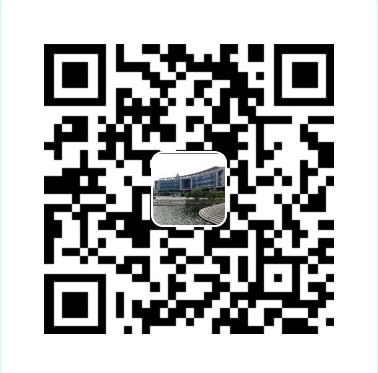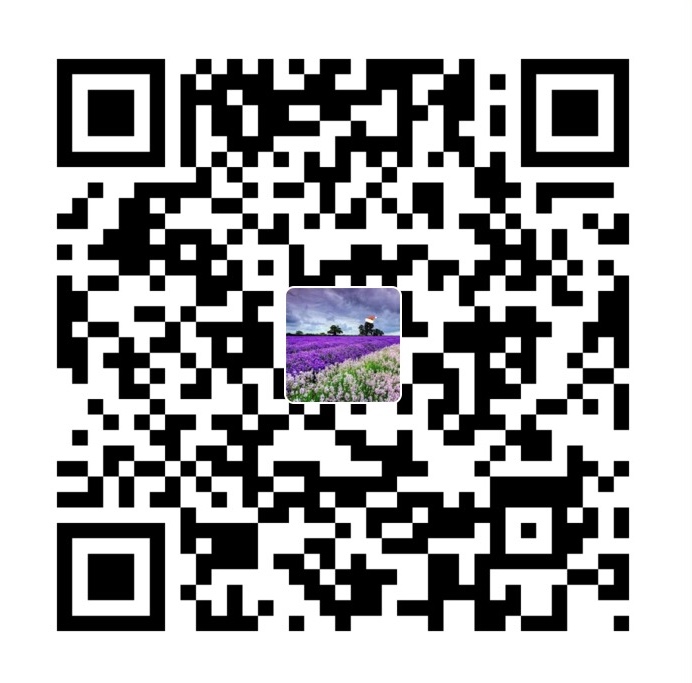Given a non-empty string check if it can be constructed by taking a substring of it and appending multiple copies of the substring together. You may assume the given string consists of lowercase English letters only and its length will not exceed 10000.
给定非空字符串检查是否可以通过获取它的子字符串并将子字符串的多个副本附加在一起来构造它。 您可以假设给定的字符串仅由小写英文字母组成,其长度不超过10000。
Example 1:
Input: "abab"
Output: True
Explanation: It's the substring "ab" twice.
Example 2:
Input: "aba"
Output: False
Example 3:
Input: "abcabcabcabc"
Output: True
Explanation: It's the substring "abc" four times. (And the substring "abcabc" twice.)
python实战:
#!/usr/bin/env python
# _*_ coding:utf-8 _*_
class Solution(object):
def repeatedSubstringPattern(self, s):
"""
:type s: str
:rtype: bool
"""
# 1. 定义一个空列表存放字符串数组
l_s = []
for c in s:
l_s.append(c)
l_s_set = set(l_s)
if len(l_s_set) == 1:
print("True")
return True
len_s = len(l_s)
if len_s % 2 == 0:
mid = int(len_s / 2)
for i in range(0, mid):
if l_s[i] == l_s[mid+i]:
continue
else:
print("False")
return False
break
if i == mid:
print("True")
return True
def repeatedSubstringPattern2(self, str):
"""
:type str: str
:rtype: bool
"""
if not str:
return False
ss = (str + str)[1:-1]
s2 = str + str
print(s2)
print(ss)
return ss.find(str) != -1
if __name__ == '__main__':
s = "aaabaa"
Solution().repeatedSubstringPattern2(s)





